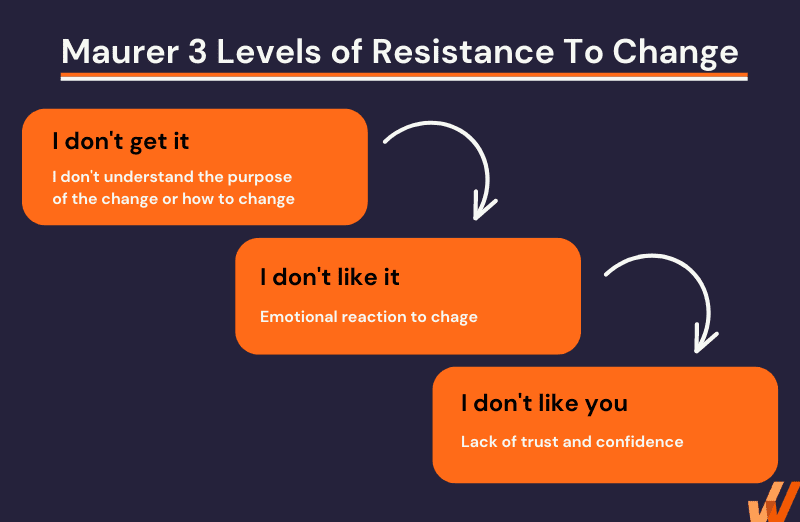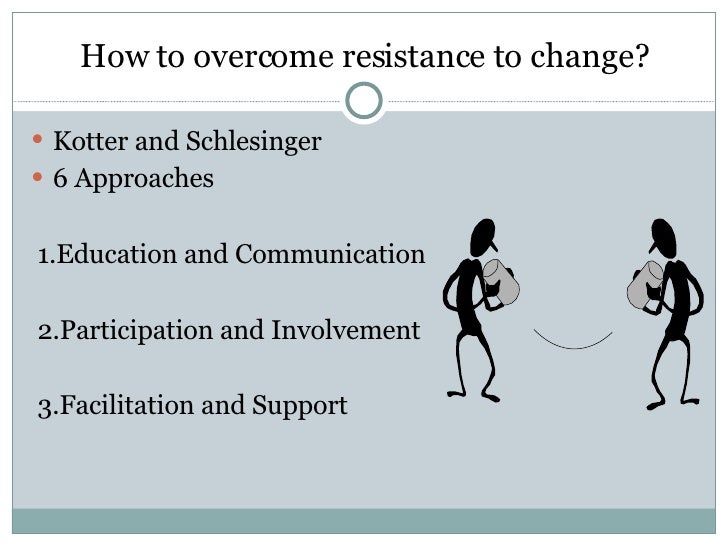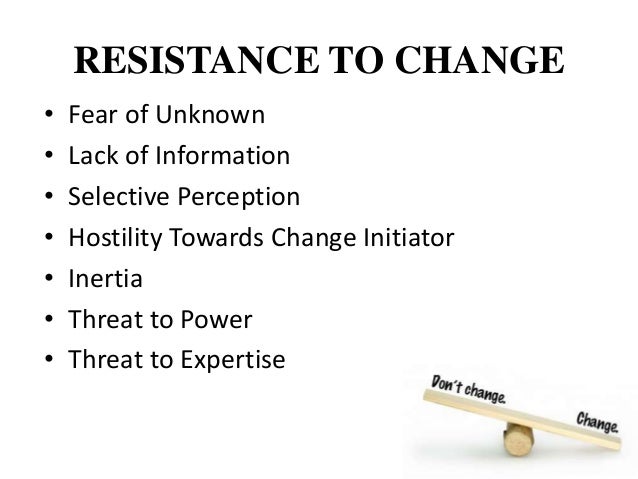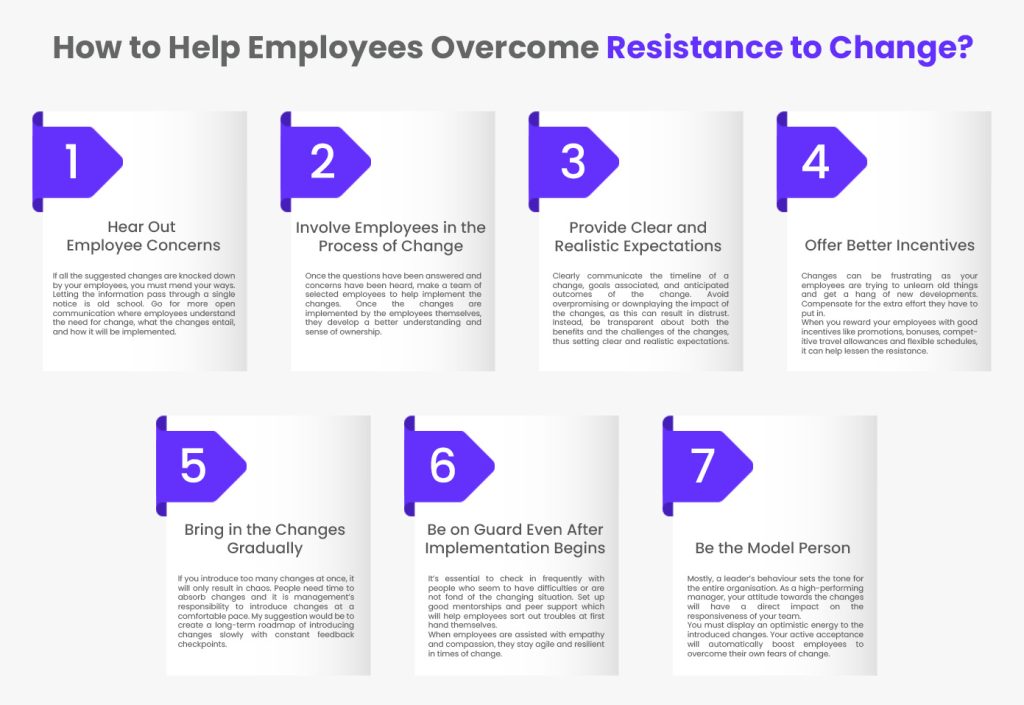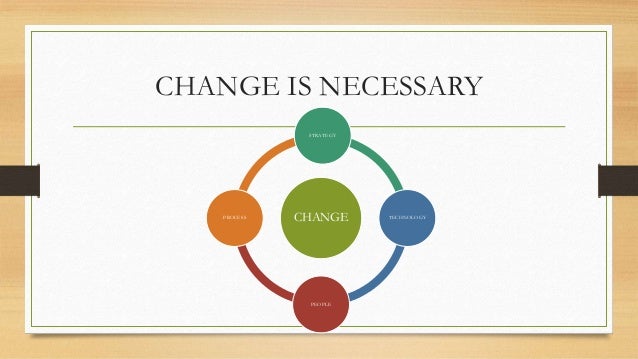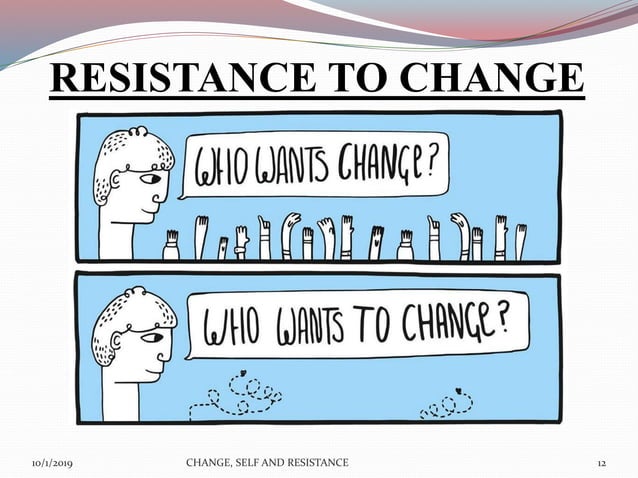How To Overcome Resistance To Change

In today's rapidly evolving world, change is the only constant. Yet, the human tendency to resist it remains a significant hurdle for organizations and individuals alike. This resistance can manifest in various forms, from passive-aggressive behavior to outright opposition, ultimately hindering progress and innovation.
This article explores practical strategies for overcoming resistance to change, drawing on insights from organizational psychology, management theory, and real-world examples. Understanding the root causes of this resistance and employing effective communication and engagement techniques are key to navigating the complexities of change management successfully.
Understanding the Roots of Resistance
Resistance to change is a complex phenomenon often stemming from deeply ingrained psychological factors. According to a study by Harvard Business Review, the primary drivers include fear of the unknown, loss of control, and threats to one's competence. Individuals may perceive change as a challenge to their established routines, skill sets, or even their sense of identity.
Another key factor is a lack of trust in leadership. If employees feel that management is not transparent or honest about the reasons for change, they are more likely to resist. This distrust can be exacerbated by past experiences of poorly managed or unsuccessful change initiatives.
Strategies for Mitigation
Communicate, Communicate, Communicate
Open and honest communication is paramount. Organizations must clearly articulate the reasons for change, the potential benefits, and the anticipated impact on employees. According to the Prosci Change Management Methodology, consistent messaging from various sources is crucial for building understanding and acceptance.
This communication should be two-way, providing opportunities for employees to ask questions and voice concerns. Establishing feedback mechanisms, such as surveys, town halls, or focus groups, can help leaders understand the specific anxieties and address them proactively.
Involve and Empower
Involving employees in the change process can significantly reduce resistance. Giving them a voice in shaping the changes helps them feel a sense of ownership and control. According to the Kotter’s 8-Step Change Model, creating a guiding coalition and empowering broad-based action are essential for successful implementation.
This involvement can take many forms, such as including employees in planning committees, soliciting their ideas for improvement, or providing them with training to adapt to new technologies or processes. Empowering employees also means giving them the autonomy to make decisions within their respective areas of responsibility.
Address Fear and Uncertainty
Acknowledging and addressing the fears and uncertainties associated with change is crucial. Leaders should be empathetic and supportive, recognizing that individuals may experience a range of emotions, including anxiety, frustration, and grief. Providing training and development opportunities can help employees acquire the skills they need to succeed in the new environment.
Transparency about potential job losses or restructuring is essential. Even if difficult decisions must be made, honesty and fairness can help maintain trust and minimize resentment.
Celebrate Small Wins
Recognizing and celebrating small wins along the way can help build momentum and reinforce positive attitudes towards change. Acknowledging progress and highlighting successes demonstrates that the changes are having a positive impact.
These celebrations don't need to be elaborate; a simple thank-you note or team lunch can go a long way in boosting morale and reinforcing the value of embracing change.
Lead by Example
Leaders must demonstrate their commitment to the change initiative through their own actions and behaviors. When employees see that their leaders are actively embracing the changes, they are more likely to follow suit. This requires visible leadership and consistent messaging from the top down.
Leaders should also be willing to acknowledge their own mistakes and learn from them. This transparency builds trust and demonstrates that change is a continuous process of improvement.
The Future of Change Management
The ability to manage change effectively will become increasingly critical in the years to come. As technology continues to disrupt industries and global competition intensifies, organizations must be agile and adaptable to survive.
Investing in change management training and developing a culture of continuous learning will be essential for building resilience and fostering a positive attitude towards change. By understanding the underlying causes of resistance and employing effective strategies for mitigation, organizations can navigate the complexities of change and unlock their full potential.





